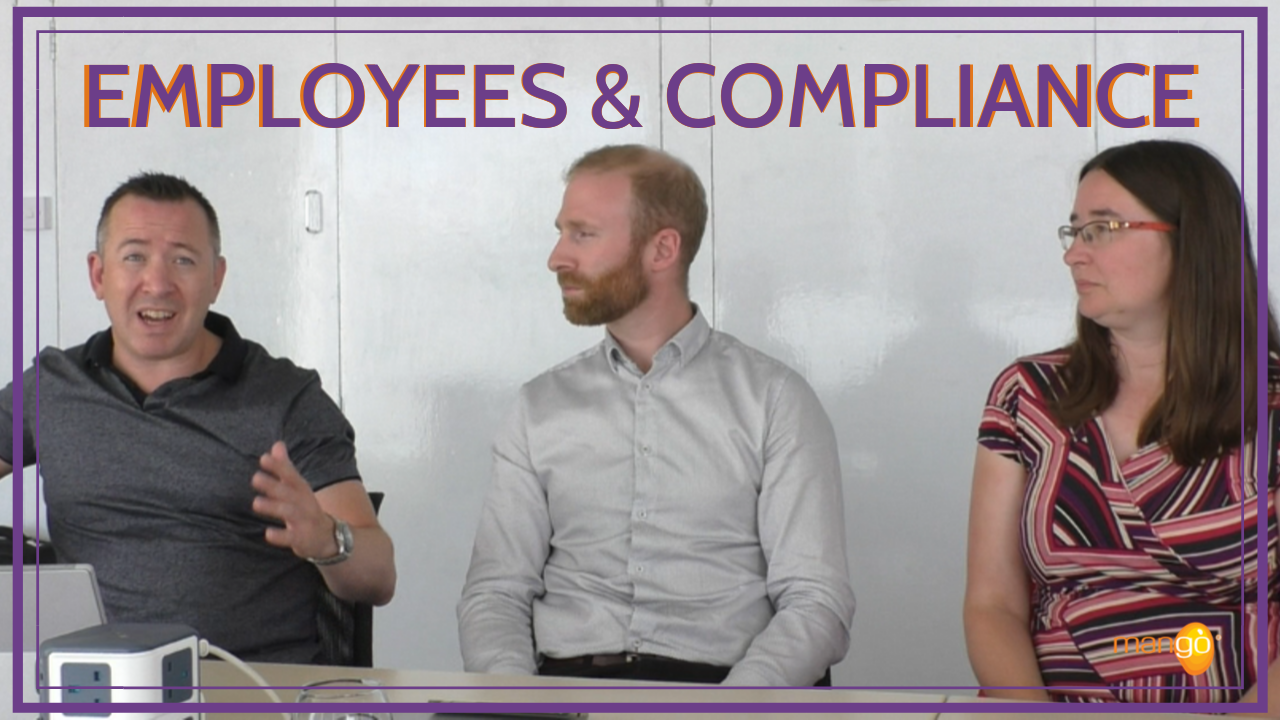Why it’s like paying for a Casio but getting given a Rolex
In my last blog, I looked at the power of relational database over spreadsheets for QHSE compliance management.
Here, I’d like to take things one step further and look at what happens when that relational database sits in the cloud - as part of a software application.
Of course, you can’t go far these days without hearing terms like cloud computing, web applications and Software-as-a-Service (or SaaS for short). And without getting overly-technical, let me first cover these terms off so there’s no confusion.

What is the Cloud?
Put simply, the cloud is where stuff like data and files live so you can access them from any computer or device, anywhere, at any time.
So cloud computing is simply the act of storing and accessing things online (using the Internet) as an alternative to your computer’s hard drive, for example.
As for SaaS, this simply means a form of cloud computing where the software application itself is also stored in the cloud – again so people can access it via the Internet. Think Facebook or Twitter as common examples. For simplicity, I’ll refer to these web-based software applications as cloud apps.
Benefits of the cloud for QHSE compliance management
Compliance management apps delivered via the cloud offer significant financial and operational benefits to organisations, especially small and midsized businesses (SMBs). Here’s how…
- Lower upfront costs and resources
With cloud apps, instead of you having to buy all the hardware and software upfront - and then find someone to install it - the software vendor takes care of all that (in the cloud). They can also spread that cost across their customer base and recover it over time which means you’re only paying a fraction of what a traditional ‘in-house’ deployment would cost.
Justifying and funding new software can be a make-or-break issue for SMBs, so the lower cost and effort can make a huge difference in terms of affordability.
- Reduced time to benefit
With the cloud model, the time to a fully working solution is significantly less than an in-house deployment.
This is because the software has already been installed and configured in the cloud – and is therefore ready to use.
This dramatically cuts the time to benefit by allowing for rapid prototyping and go-live. Also, the intuitive interfaces of cloud apps means users come up to speed quicker and need less upfront training.
- Easy on the cash-flow
As explained above, the upfront investment associated with cloud apps is negligible. Rather, you pay a known recurring subscription (typically monthly) to use the system. Given cash is king for most SMBs, the pay-as-you-go model of cloud apps makes them highly attractive – being a lot more affordable and predictable.
And even as you grow, you have a clear idea of what your costs will be which allows for much more accurate budgeting.
- No ongoing support costs
With cloud apps, the software vendor takes on the responsibility for maintaining and upgrading the software, ensuring it is reliable and meeting agreed-upon service level agreements.
And with most vendors offering automatic, frequent upgrades as part of the ongoing subscription charge, there is nothing for you to do except enjoy the new features.
- Security
While some people still worry about security, the truth is that the cloud vendor can deliver a much higher level of security than most SMBs.
For a start, there’s nothing getting stored on your in-house computers and laptops because everything is in the cloud.
Further, whilst the term ‘cloud’ might suggest something fluffy and intangible, the reality couldn’t be more different. ‘Cloud’ in fact means highly secure data centres run by specialists who live and breathe security on a daily basis. You can therefore be assured of a highly secure infrastructure that conforms to all the latest security standards, and offers tight control over who can access and edit your data.
And if there is an issue, you’ve got peace of mind with integrated services like automatic data backups, system redundancy and disaster recovery.
- Higher adoption rates
In my opinion, the single biggest benefit of cloud apps is their higher adoption rates by users.
Because the software is accessible via familiar web browsers, cloud apps tend to be incredibly easy to use. Most people have no trouble getting to grips with compliance management in the cloud because they’re already familiar with other cloud apps.
In fact, I’ll go further and suggest that the cloud makes compliance more fun and engaging! Sometimes it can be hard to engage people with compliance management but using the cloud to connect people and encourage collaboration can make it an engaging and purposeful activity. Further, the usability of the cloud means users are free to focus on doing the work rather than dealing with a poor user interface.
Cloud apps also tend to be more flexible through the use of inbuilt customisation and configuration tools, thus enabling it to be tailored to the specific needs of the business (data capture, workflows, reporting, etc.)
- Integration and scalability
Here is not the place to start explaining technical jargon like APIs and Web Services but it’s the reason why integration is a key benefit of the cloud.
This means it’s easy to integrate with other cloud apps - and even your in-house systems. Thus a cloud compliance solution can be readily integrated with data from a wide variety of data sources with minimal effort.
And as you scale with a cloud app, there’s no need to invest in server capacity and software licenses. Simply adjust your subscription and you’re good to go.
- Work anywhere
Gone are the days when you expect your employees to only work from the office at set times on a big desktop PC.
Cloud apps support anywhere, anytime, any-device access so your employees have the freedom and flexibility they now expect. Laptops, tablets, mobile phones – all are now capable.
The takeaway
Over the last three blogs, I’ve explained the limitations of spreadsheets, the power of relational databases and the beauty of the cloud.
If you consider all of this as a whole, the gap between the humble spreadsheet and the cloud app built on a relational database is nothing short of immense.
It’s therefore no surprise that the cloud is revolutionising how organisations tackle their QHSE compliance obligations – especially since common activities like incident management, auditing, risk management and human resources lend themselves beautifully to cloud adoption.
.png?width=200&height=51&name=image%20(2).png)



